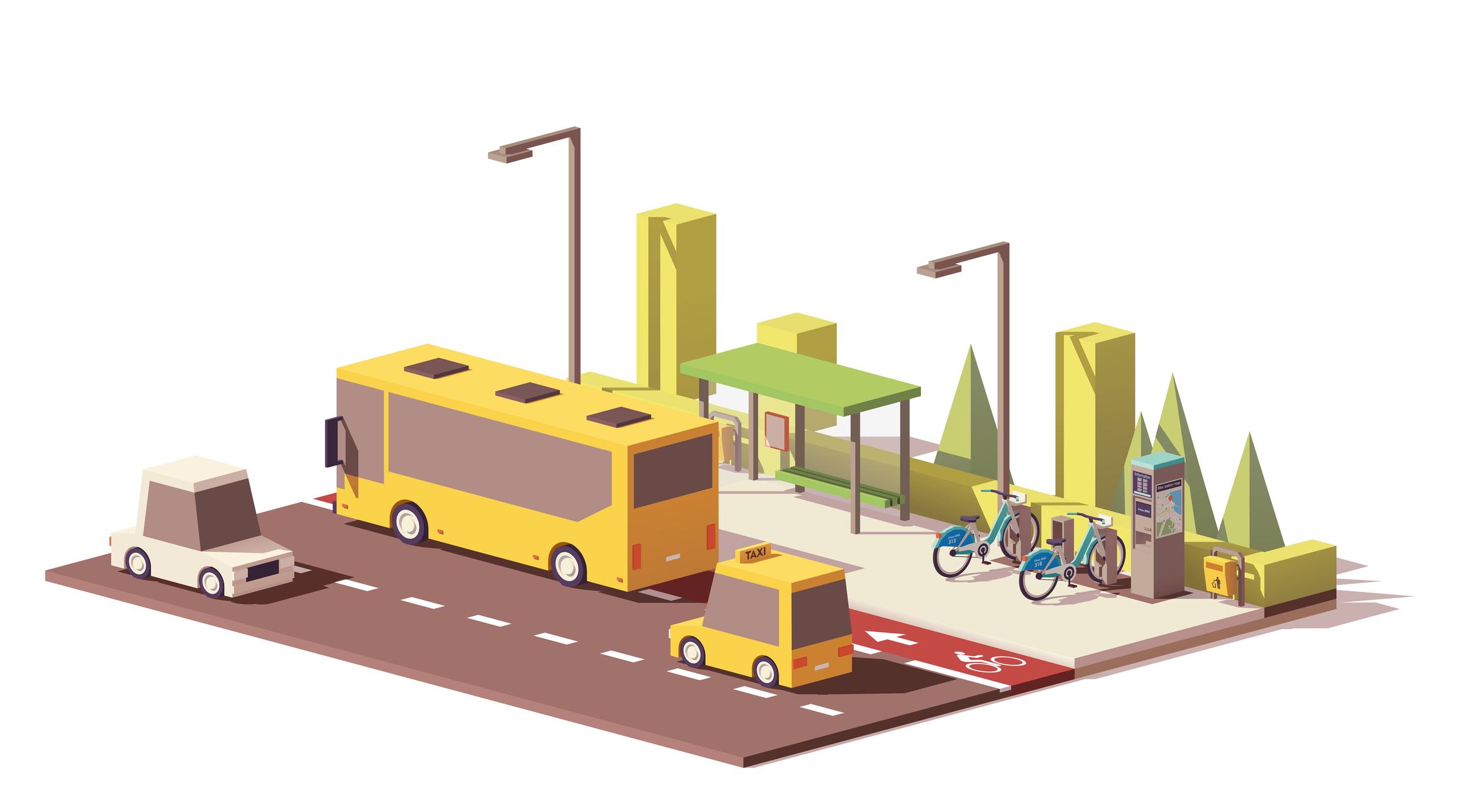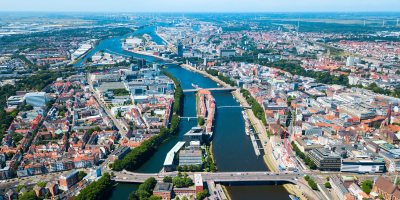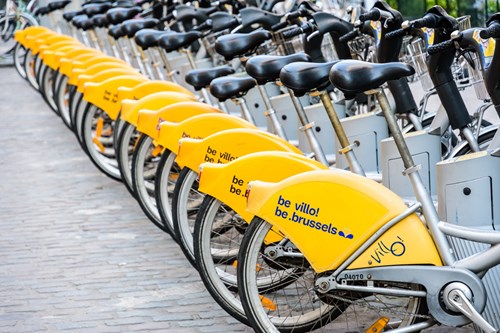
In our Quick Question: Is Parking Dead? video, our community of parking professionals reassured us that the parking industry can never die because of its ability to adapt to the evolving requirements of the driver. A concept that came up time and again was mobility hubs. It’s the buzzword of the moment, but what do they mean for the future of parking? And what can be gained from jumping on this latest industry bandwagon?
Why Do We Need Mobility Hubs?
In this modern world, people are busy from the moment they wake to the moment their head hits the pillow again. Keen to avoid wasting time in traffic, drivers are looking to other modes of transport to get them from A to B quickly. And, the commute is no longer merely a journey but an opportunity for people to tick items off their to-do-lists.
Moreover, as pressure mounts to take decisive action on the climate crisis, traditional car ownership is under increasing scrutiny, with alternative modes of transportation growing in popularity. To survive and thrive, parking needs to anticipate and meet driver requirements, diversifying its offer with additional services and alternative means of transport.
What are Mobility Hubs?
Mobility hubs may be experiencing their moment in the spotlight, but the concept is not particularly new. Bremen is cited as the birthplace of the movement, where, in the late-1990s/early-2000s the city sought to reduce the number of cars on the streets by combining car-sharing, bike parking, and wayfinding near a high-frequency transit intersection. The ongoing success of the project, that has so far removed around 4,200 privately-owned vehicles from the road, has led other municipalities to follow suit. And, as municipalities scramble to set up their own programs a window of opportunity has opened for the parking industry to move into the mobility market.

But what exactly is a mobility hub? Mobility hubs are places of connectivity where different modes of transport come together to maximize first and last-mile mobility. Often located at a thriving transportation interchange, such as a bus, metro or train station, mobility hubs typically feature amenities for parking, car-sharing, ride-hailing and micro-transit solutions, such as dockless bikes and e-scooters. These solutions are supported by wayfinding elements, universal fare payment, and a raft of extra services such as delivery lockers, parcel pick up points, bicycle repair kiosks, car-washing, and food delivery stations.
What Makes A Mobility Hub Successful?
Seamless and Safe Transfer Between Multimodal Transport
Mobility hubs are usually located around integral transit stops as public transportation is the backbone that supports multimodal lifestyles. Without diverse and affordable alternative modes of transport within easy reach of their beginning and end destination, people are reluctant to give up their cars. And, pedestrian priority ensures the safe and efficient movement of people.
Target Areas with High Demand
Parking garages can easily be transformed into mobility hubs in areas where parking pressure is high, as frustrated drivers will be more receptive to alternative modes of transport. Mobility hubs also perform well in places where a significant amount of travel already takes place by cycling or walking as people will have already adapted their mindset, and pedestrian-focused infrastructure will have been developed.

Residential and Employment Density
The economic vitality of the area surrounding a hub is of great importance, and they should be located close to where people live, work and partake in recreational activities.
Embrace Technology
Real-time travel information provided through mobile technology and interactive kiosks can support users with multimodal journey planning. Whilst technology, such as apps or smart cards, that enables fare integration can create a seamless transfer between transport modes.
Community Engagement and Placemaking

Creating an attractive and vibrant public area will bring a strong sense of place. By including mixed-use services such as shops and restaurants, mobility hubs can ensure a higher land-use intensity and attract users to a multimodal lifestyle.
Marketing and Brand Awareness
Making a hub visible to users through wayfinding and branding can help drive awareness whilst marketing campaigns and promotions can encourage multimodal living not just multimodal journeys.
Room to Grow
Whether they develop from existing parking facilities or they are built from scratch, mobility hubs need flexible planning to accommodate expansion when user behavior changes and new technologies arise.
How Can I Transform My Parking Facility?
Globally, municipalities are developing programs where the construction of new mobility hubs is combined with the reassignment of existing parking facilities. And so parking operators have a lot to gain by diversifying their offer as users transition to a multimodal mindset.
So, what steps can be taken to transform a parking facility into a mobility hub?
- Enhance first and last-mile connectivity by implementing a bike-sharing or e-scooter program.
- Encourage cycling by installing bike parking and bicycle repair facilities.
- Improve accessibility by providing a designated pick up/drop off zone for ride-sharing companies such as Uber and Lyft.
- Focus on reducing emissions by dedicating spaces to car-sharing services.
- Cater to electric vehicles by providing EV charging units.
- Install wayfinding and signage to support the efficient movement of users between modes of transport. Consider including mobility hub branding to reinforce placemaking.
- Develop a smartphone app to integrate payment across transport types and provide real-time transit information
- Hire ambassadors to offer the human touch and improve the user experience.
- Provide places for people to gather, sit and interact. Check out our Parklets blog post for inspiration on how to transform parking spaces into miniature parks.
- Install a variety of fixed and temporary retail units, such as carts and kiosks, to provide additional services such as dry cleaning, grocery or takeaway pick up, and parcel lockers – to name just a few ideas.

Whilst new mobility hubs will likely be built around transit interchanges, such as metro, rail and bus stations, existing parking facilities can do their bit to support multimodal lifestyles. By diversifying the parking offer the industry can meet changing consumer demand and continue to thrive, even as people turn away from traditional car ownership.





